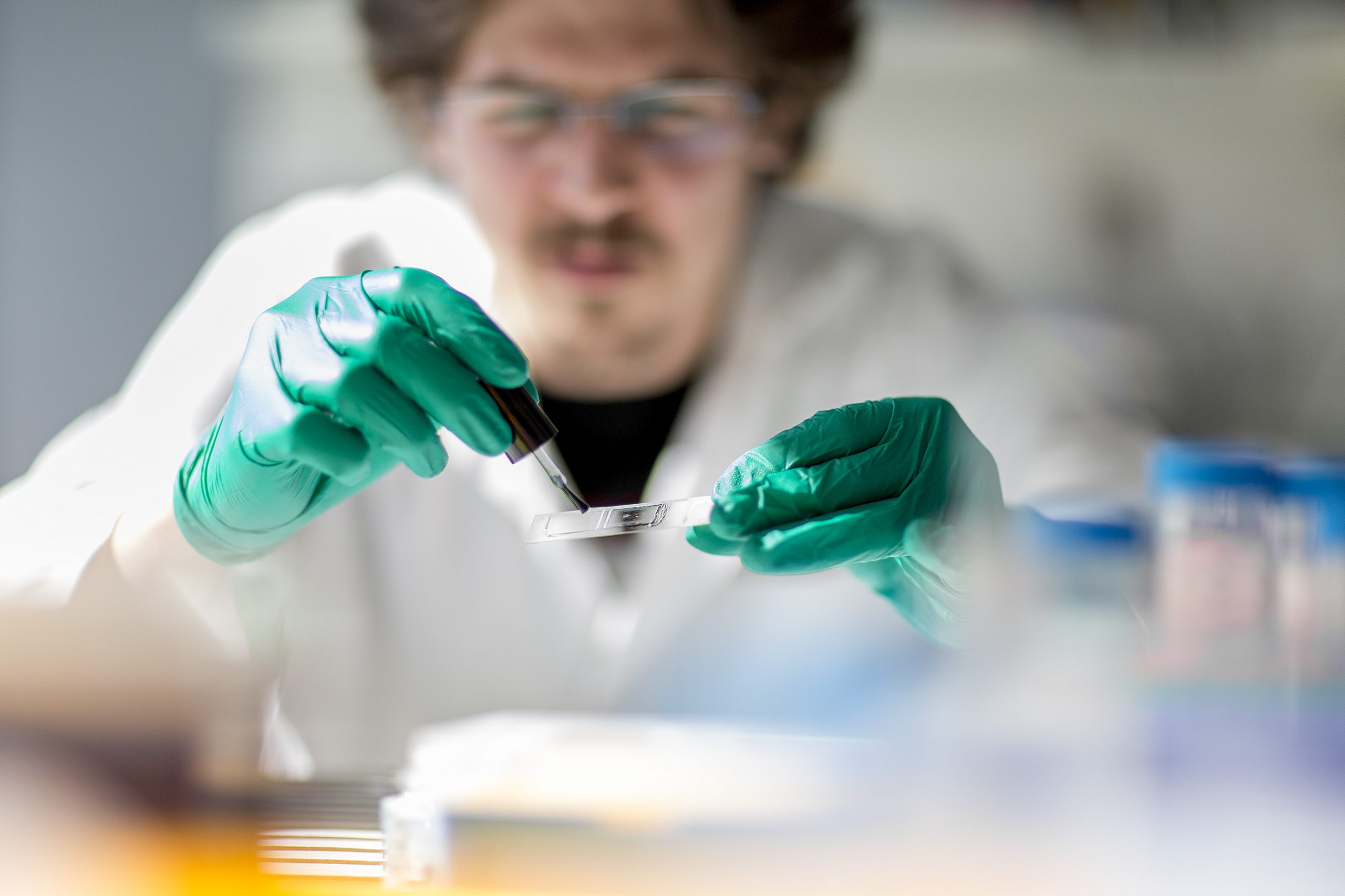The lives of children with learning disabilities will change once we have shown our ability to actively support research in this field, which remains unsung.
Eric Perrier, CEO of Viseo
The Project
In the short term, the Chair in Development Neurogenetics should allow to better understand the mechanisms associated with learning disorders.
The Chair takes a cross-disciplinary and multidisciplinary approach organized around 4 axes :
- AXIS I: DEFINE, DIAGNOSE, PHENOTYPE
Improving diagnosis is an essential step in making the link with genetics. The goal of our neuropsychologists is to identify particularly familial, extreme and syndromic forms, which are often entrance keys to these genes, and therefore to the mechanisms involved. - AXIS II: IMAGING
The work of Prof. Nathalie Boddaert’s brain imaging research team will be organized in 2 stages: first by using the functional MRI (3T) to identify the brain areas involved and the characteristic signs, then by correlating her observations to genetic data. - AXIS III: IDENTIFY GENES
A team of genetics is being recruited to explore the genetic causes of multi-deficit dyslexia through their most extreme and familial forms. Its research should make it possible to propose a more accurate diagnosis and to identify genetic susceptibilities, or even to propose possible screening in at-risk families. - AXIS IV: DECIPHER THE MECHANISMS
After identifying the candidate genes involved, Dr. Alessandra Pierani’s team will seek to determine the brain areas and neuronal disorders responsible for the faulty connections.
Context & Objectives
Learning disabilities are far more common than you might think. They are diagnosed in 1 to 5% of children, and represent many difficulties in the daily lives of those they affect. It is crucial to accelerate research in this area.
The aim of this chair is to decipher the genetic origins of child neurodevelopment disorders, better define these pathologies, identify avenues to improve the way they are being taken care of and potentially open up therapeutic avenues.
Ultimately, it will participate in better children care and lay down the foundations and scientific prerequisites essential to any therapeutic research.
/ To recruit Teams, Researchers, and Students
/ To acquire Equipment
/ To fund Cross-labs, high-potential cross-cutting programs involving several research teams

